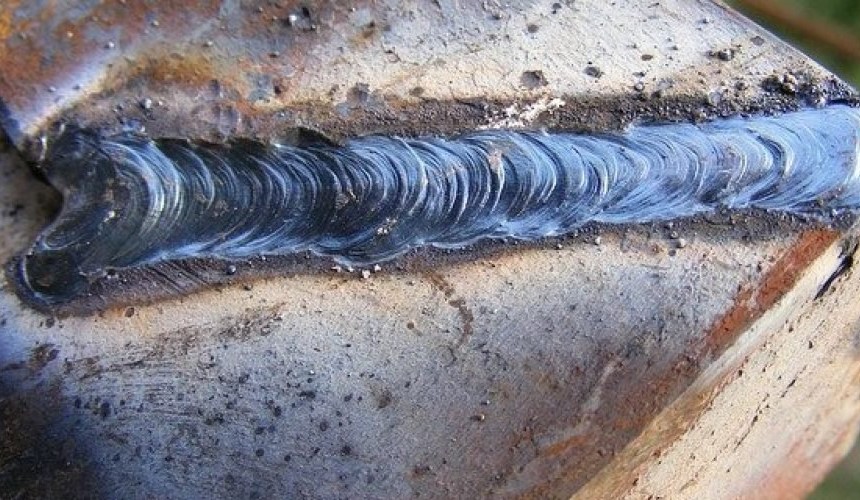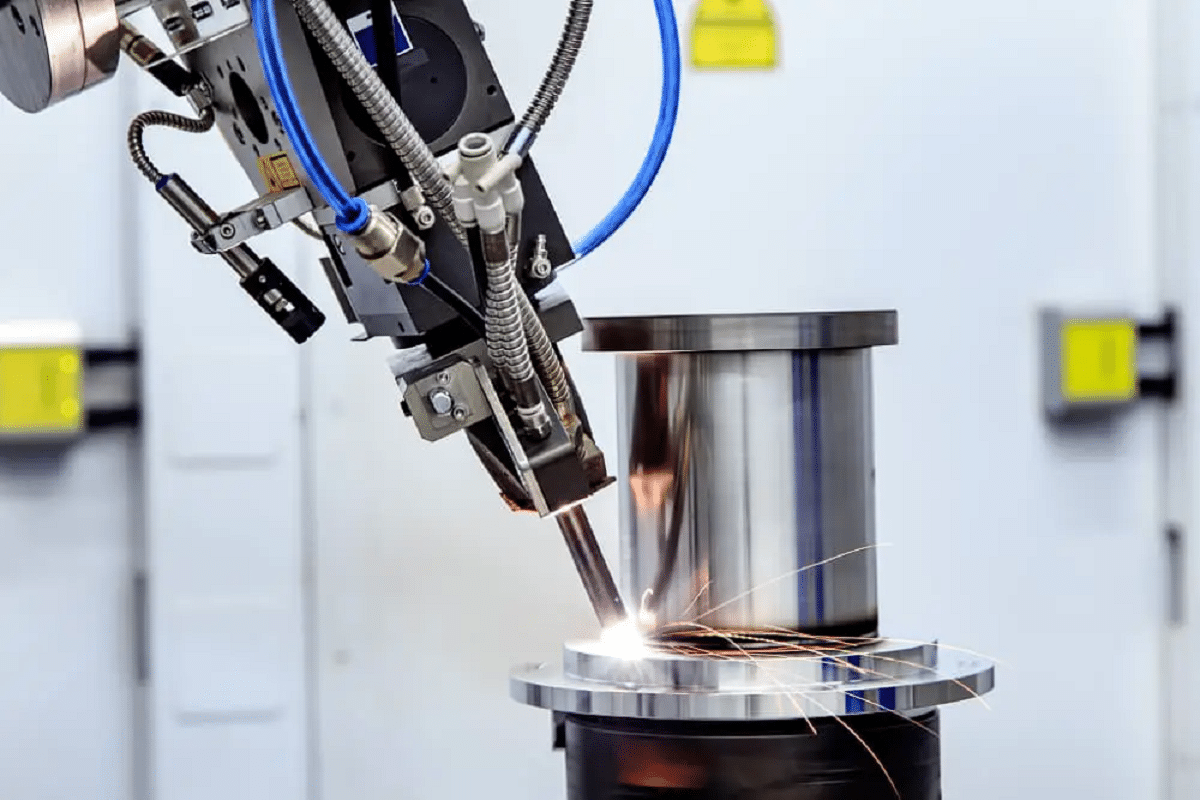Preventing Weld Undercut: Proven Approaches Every Welder Must Know
Grasping the Art of Welding: Just How to Stay Clear Of Undercut Welding Issues for Flawless Fabrication Outcomes
By recognizing the root causes of undercut welding and executing efficient methods to prevent it, welders can raise their craft to brand-new degrees of excellence. In the quest of perfect fabrication results, grasping the art of welding to prevent undercut problems is not just an ability yet a necessity for those striving for excellence in their job.
Recognizing Undercut Welding

To prevent undercut welding, welders must make sure proper welding specifications, such as adjusting the present, voltage, traveling rate, and maintaining the appropriate electrode angle. Additionally, utilizing the ideal welding method for the particular joint configuration is important. Utilizing weaving movements or backstepping strategies can help make sure correct weld metal deposition and reduce the possibility of undercut development. Normal inspection of welds during and after the welding procedure is additionally important to capture any kind of undercut early and make required modifications to protect against additional issues. Preventing weld undercut. By understanding the causes of undercut welding and executing safety nets, welders can achieve top notch, structurally audio welds.
Root Causes Of Undercut in Welding
Understanding the aspects that contribute to undercut in welding is essential for welders to create high-quality, structurally sound welds. Insufficient welding wrong or current welding speed can also add to damage. Understanding these causes and applying correct welding techniques can assist protect against damaging concerns, ensuring durable and strong welds.
Methods to Protect Against Undercutting

To reduce the threat of undercutting in welding, welders can use critical welding methods aimed at enhancing the quality and stability of the weld joints. One reliable method is to change the welding parameters, such as voltage, current, and travel speed, to make sure correct heat input and deposition. Maintaining a suitable electrode angle and guaranteeing constant travel speed can likewise assist avoid undercut. Furthermore, utilizing the correct welding method for the particular joint setup, such as weave or stringer beads, can add to decreasing damaging. Preventing weld undercut.
Utilizing back-step welding strategies and managing the weld grain profile can likewise aid disperse warm equally and reduce the threat of undercut. Regular assessment of the weld joint during and after welding, as well as applying high quality guarantee measures, can help in attending to and detecting undercutting problems without delay.
Significance of Appropriate Welding Specifications
Picking and maintaining suitable welding specifications is crucial for achieving effective welds with minimal problems. Welding specifications describe variables such as voltage, existing, take a trip rate, electrode Get More Info angle, and protecting gas circulation price that straight impact the welding process. These parameters must be thoroughly changed based upon the kind of product being bonded, its thickness, and the welding method utilized.
Appropriate welding specifications make sure the appropriate quantity of warm is used to thaw the base steels and filler material consistently. If the specifications are established too expensive, it can lead to excessive heat input, causing burn-through, distortion, or spatter. On the various other hand, if the criteria are too low, insufficient blend, absence of penetration, or undercutting may occur.
Top Quality Assurance in Welding Workflow

Final Thought
To conclude, mastering the art of welding requires a thorough understanding of undercut welding, its reasons, and strategies to avoid it. By guaranteeing proper welding criteria and executing quality control practices, flawless manufacture outcomes can be accomplished. It is essential for welders to constantly pursue quality in their welding operations to stay clear of undercut issues and generate high-quality welds.
Undercut welding, a common defect in welding procedures, occurs when the weld steel doesn't properly fill the groove and leaves a find more info groove or anxiety along the bonded joint.To stop undercut welding, welders should make sure proper welding parameters, such as adjusting the present, voltage, traveling speed, and preserving the correct electrode angle. Insufficient welding existing or inaccurate Full Report welding rate can additionally contribute to damage.To mitigate the danger of damaging in welding, welders can employ calculated welding strategies intended at improving the quality and integrity of the weld joints.In final thought, mastering the art of welding calls for a complete understanding of undercut welding, its causes, and methods to avoid it.